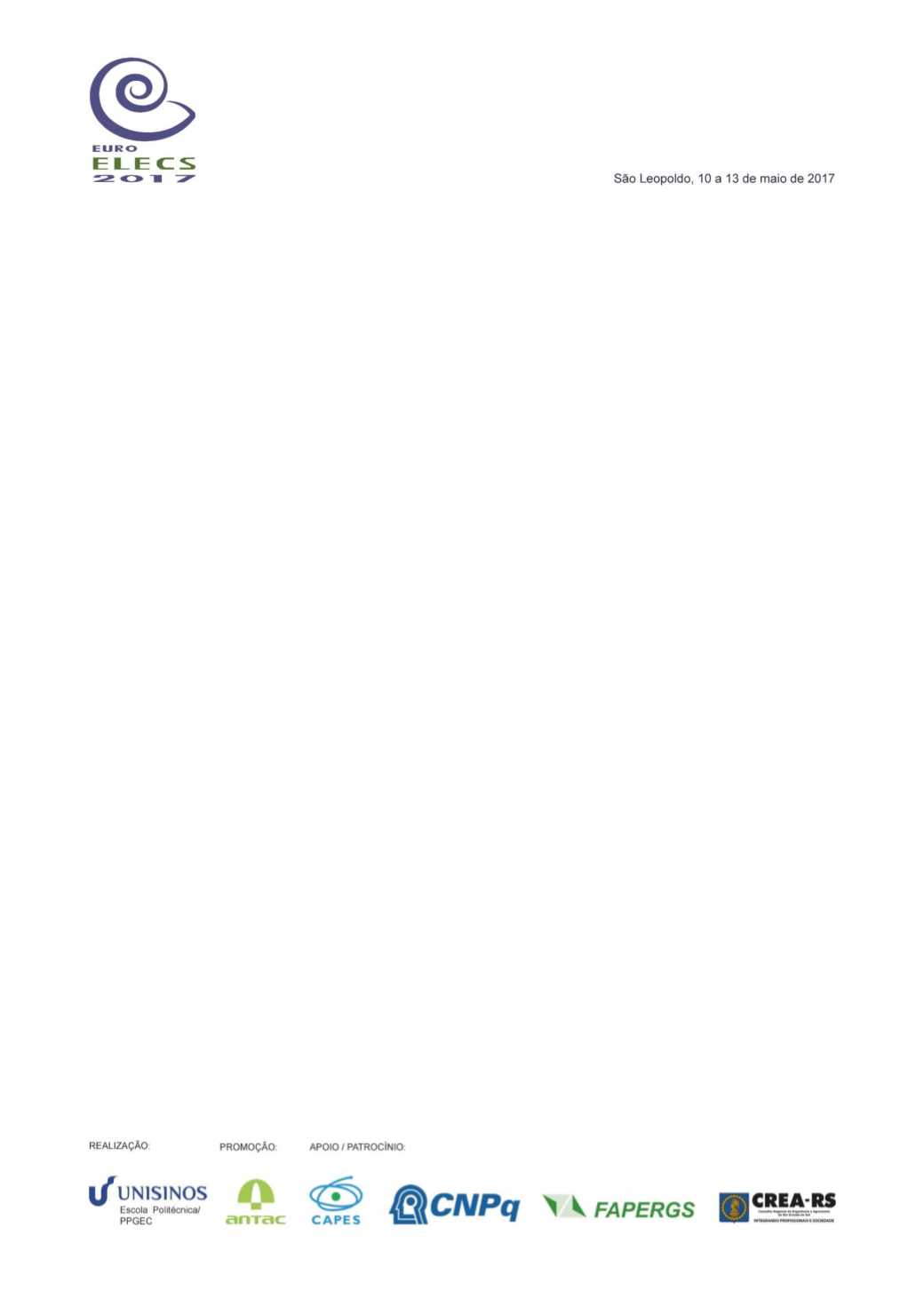

1990
Another huge act affecting urban life was the creation of suburbs. Thompson (2007) professes an
interesting and strong point of view of what he considers as being the negative side of this new form,
distinct both from the urban as from the rural form. For the author, while urban environments are
characterized by diversity, high density of social interactions and a constant exposure to differences
and novelties able of stimulating a sense of openness and innovation (as Simmel advocates), the
suburban life is characterized by an isolation from these activities and from other external forces.
Suburbs, thus, would be the spatial manifestation of the liberal political and cultural utopia: be able
to separate the public and the private at will, and to live relieved from the several demands of public
and social life. This kind of configuration promotes a disconnection from other people, reduce the
face-to-face interactions, eliminates in great measure the square as the community center,
strengthens an undue emphasis on the private property over the public concerns and becomes the
spatial manifestation of the social atomism that is typical of modern capitalist society (THOMPSON,
2007).
The author goes beyond through the analysis of this spatial transformation allied to the economic
and social changes of the post-war period – increase of work hours and consumerism. In suburban
life, in particular, the American one, the citizens spend more time confined to two highly anti-
democratic institutions: the work environment and the family. The consequence of this increasing
emphasis on the individual and the family is what the author calls “new provincialism”, where an
inhabitant becomes ignorant of other cultures (including local ones), even with the growth of
globalization and world interdependency.
However, the suburbs proliferation is not due only to external influences, but also to their seduction
in front of the challenges of urban life. According to Simmel, the essence of individual life and of
sociability is discovered in the continuous transgression of the group frontiers, what is a hard
experience for the individuals. Facing the disconcerting stimuli from the enormous variety of groups
in a metropolis, it is natural that the individual tends to raise barriers to block this dissonance. “This
protection is not emotional, but “rational”, through the intensification of the less sensible conscience,
taken from the deepness of personality, which makes the individual seemingly indifferent to his pairs”
(THOMPSON, 2007).
4. POLITICAL ASPECTS
From the political point of view, we have from Léfèbvre (1968) that the city also is threatened by the
own power of the State and from the big economic interests, which would tend always to devalue,
degrade and destroy the urban society for being an “intermediate level”, an autonomous entity
between them and the population. Acting as allies or competitors, the State and the Enterprise would
tend in this way to get to themselves the roles that were prerogatives of urban society (LÉFÈBVRE,
1968). In opposition to this perspective, Léfèbvre politicizes the social production of space, taking
the citizens viewpoint (not the administration one), settling the right to the city in their fight for the
right to create and fully use the social space (DELORENZO, 2011).
Facing the legal obstacles is one of the greatest challenges. In Latin America, the legal order itself
has historically played a decisive action in the production and reproduction of social inequalities,
whose general effects are well known: social-spatial segregation, territorial exclusion, and urban-
environmental degradation, punishing especially the poorest layers of society (TRINDADE, 2012)
In Brazil, however, after several changes, highlighting the “City Statute”, the current Brazilian
legislation is considered one of the most advanced ones in the matter of urban policy, establishing
norms that “regulate the use of urban property in favor of the collective good, of safety and of well-
being of citizens, as well the environmental equilibrium” (BRASIL, 2001). The City Statute imposes


















